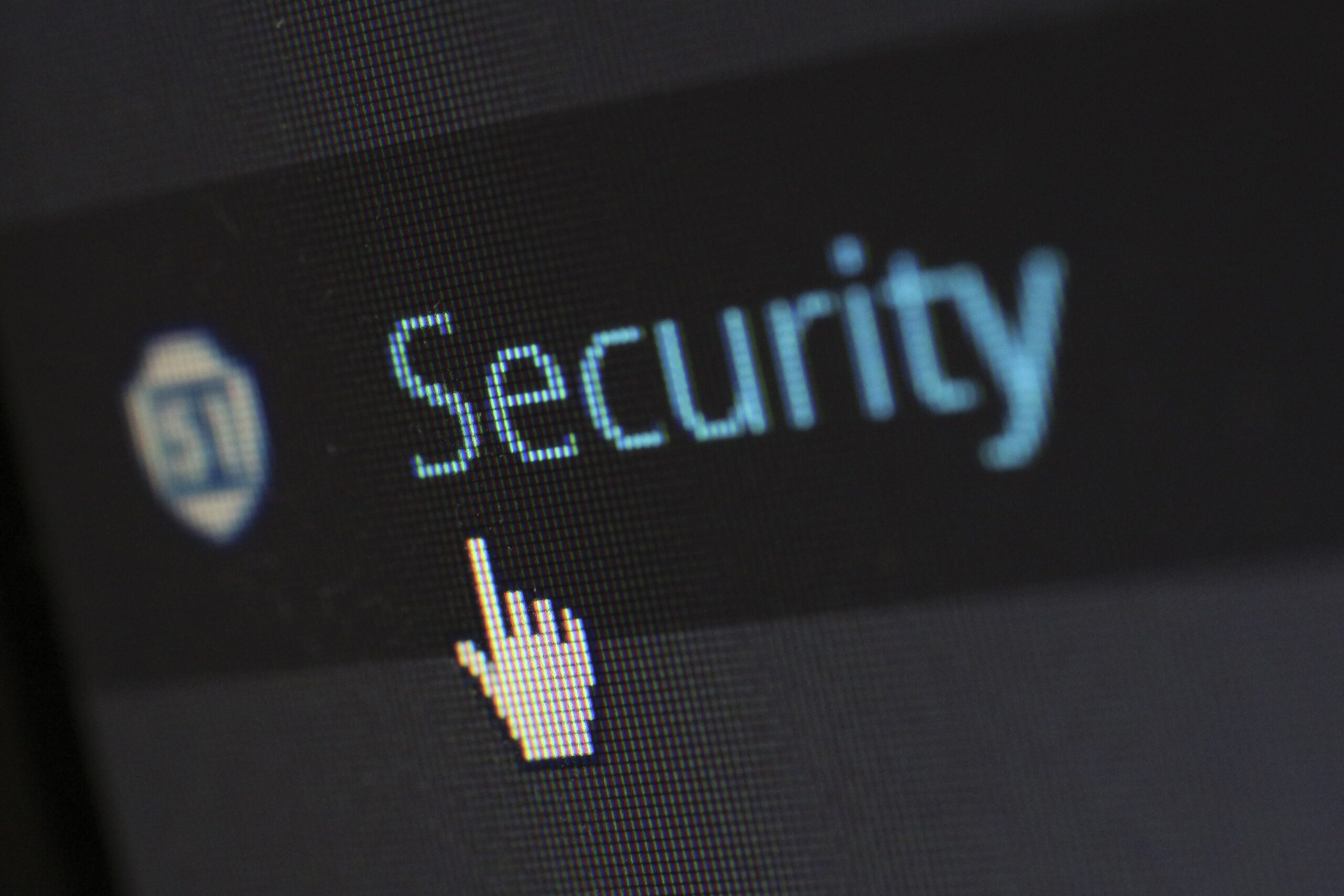
When asked why he robbed banks, a well renowned bank robber by the name of Willie Sutton answered, “because that’s where the money is.”
Today, instead of robbing physical banks, thieves have sharpened their skills and honed in to “where the money is” – your retirement plan. It is estimated that cyber-attacks happen every 44 seconds throughout the day, leaving your hard-earned savings susceptible to fraud.
A key part to avoiding cyber-attacks is knowing where and what to look for. Identifying and monitoring high risk areas within your systems will decrease the likelihood of cyber fraud. Below are the top 3 most common cyber-attacks within the retirement industry.
For more information on other forms of cyber-attacks and how to prevent them click here.
As a plan sponsor there are a few preventative tools you can utilize to be proactive against cyber fraud while partnering with My Benefits.
If you or someone you know suspects or has been a victim of cyber fraud it’s important to act quickly and engage counsel, utilize cyber insurance or cyber covered services and perform an analysis to find the root cause.
My Benefits is committed to helping prevent cyber fraud from occurring to you and your retirement plan participants, but it takes a collective effort from all parties to protect our village. Let’s all work together to keep the Willie Sutton’s of the world from attacking us.
Your retirement plan questions answered, in plain English, by an expert. Use the form below to ask our retirement plan experts your question.
Client service focused, technology driven.
©2022 My Benefits, LLC
Website by HLJ Creative